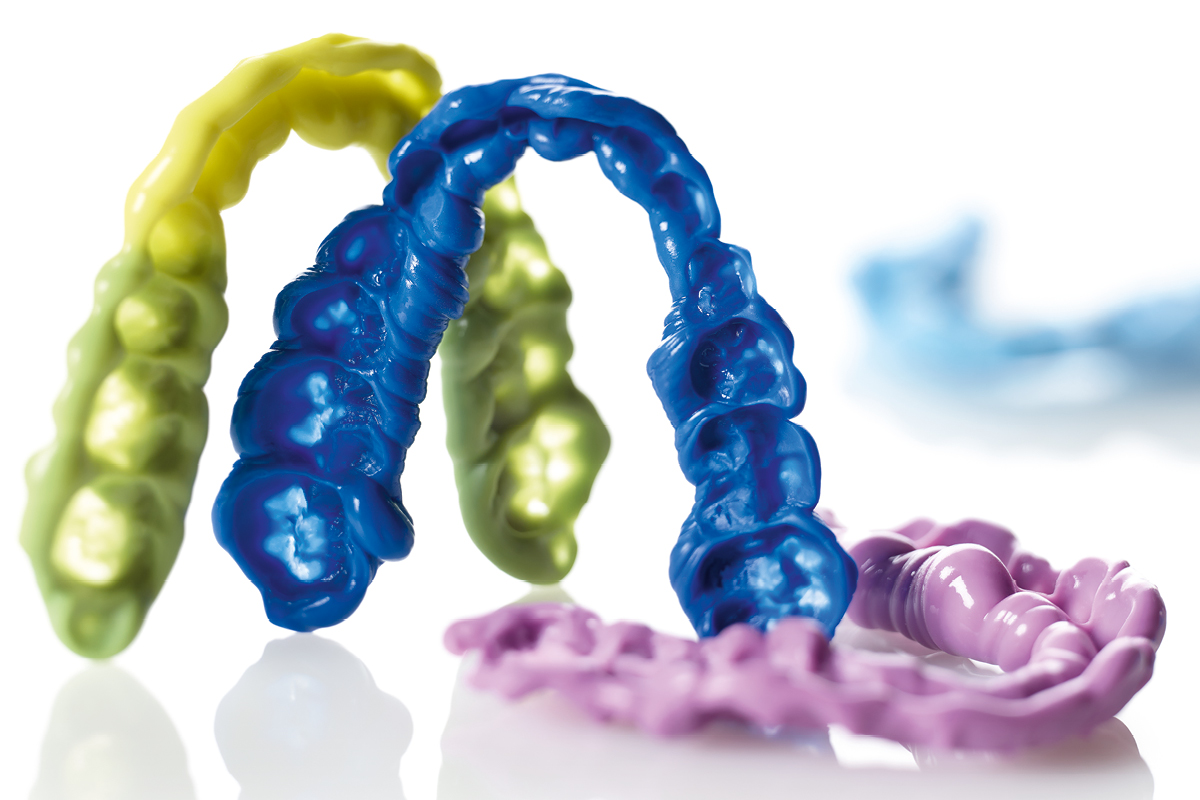
Bite registration is defined as a recording of the positional relationship between the two arches. (1) An accurate and stable bite registration facilitates the examination of the patient’s occlusion by the dental technician for both diagnostic and therapeutic purposes.
As a matter of fact, errors in the relational positioning of the models on the articulator due to incorrect bite registrations can have significant implications on prosthetic rehabilitation. Interocclusal inconsistencies can significantly increase chair time or make it necessary to make another prosthesis. (2)
Ideal properties (3)
In order to obtain a correct execution, bite registration materials must guarantee certain properties.
- Limited resistance to closure: during the bite registration procedure, the materials should have a low consistency so that they do not interfere with normal closure and are unlikely to cause the displacement of the teeth and soft tissues.
- High dimensional stability: high dimensional stability even in the presence of temperature and humidity changes means that the accuracy and precision of the registration can be maintained even after transportation and when there is a long time between the performance of the bite registration and its use to position the models.
- High compressive strength after curing: once the bite registration has been performed and has set completely, it should guarantee high rigidity; if subject to high compressive forces, any elasticity could lead to an error in the positioning of the models on the articulator.
- Ease of use: there should be no particular problems during the preparation of the material and its positioning in the patient’s mouth
- Biocompatibility with the tissues involved: as these products are used inside the oral cavity, irritants and sensitising materials are to be avoided
- Good precision and accuracy: the materials should afford a certain degree of accuracy and precision so that this accuracy can be transferred during the positioning of the models on the articulator
- Easy verifiability: once the bite registration has been performed, it must be simple to check its correctness
The most commonly used materials (2)
Soft wax
Is easy to use, once it has been softened it affords an adequate working time, but it has an inadequate dimensional stability and a high coefficient of thermal expansion, it creates resistance at closure and it is prone to modification during transportation.
Hard wax
Is rigid at room temperature, it does not deform and it can be used as a carrier for zinc oxide eugenol. However, in order to be used, it must be heated in a thermostatically-controlled bath and, given its rigidity and fragility, it is prone to breakage during transport.
Zinc eugenol paste
During use it affords minimal resistance to closure; however, once it has set it is extremely fragile and any excesses that form (unless duly removed) may prevent a correct positioning of the models.
Acrylic resins
Are very rigid after curing and deliver good accuracy. Their disadvantages include the fact that their final rigidity is so great that they can scratch the gypsum models during positioning and they are dimensionally unstable due to polymerisation shrinkage.
Elastomers
Are dimensionally stable, they afford good accuracy and offer limited resistance to closure. The drawbacks include higher costs and a certain “rebound effect” that occurs when pressure is released during model positioning and creates a gap that can result in a certain degree of imprecision.
Thixotropy (4-5)
Thixotropy is a physical property of certain pseudo-plastic fluid materials. A thixotropic materials provides a viscosity that decreases with an increase in the pressure it is subject to. Once the force is removed, the material goes back to expressing its original viscosity.
The thixotropic behaviour of impression materials is the ability to stop flowing once the impression is completely positioned and it depends on the rheological characteristics of the material.
As far as the materials that can be used for bite registration is concerned, the only materials that express this physical property are elastomers.
Bite registration with thixotropic materials
Elastomers are the only materials for bite registration that express a certain degree of thixotropy, but what clinical advantages does using a material with this characteristic bring?
The initial viscosity of a thixotropic material is such as to allow the material’s correct positioning on the occlusal surface of the teeth. A material that presents the right viscosity can be positioned on both the lower and the upper arches (depending on the chosen technique), thanks to the physical properties of the material, which in the initial phase of positioning must be stable and stiff and not run.
This initial viscosity, which clinically aids correct and easy positioning, is destined to change precisely due to thixotropy.
Once the material has been positioned on the patient’s arch, he is told to close the arches together normally or in the position desired by the dentist. As they come together, the antagonist arches compress the material that was positioned on the occlusal surface of one of the two.
This compression force causes the material to express its characteristic thixotropy, and its viscosity changes under pressure to become more fluid. This greater fluidity means that the patient is able to bring his teeth into contact with one another without encountering any resistance or obstacles that could lead to an incorrect or altered positional relationship between the upper and lower arches.
Once the antagonist arches are in contact with one another and the material is no longer subject to compression forces, the viscosity reverts to its initial value and the material once again becomes stable, viscous and not prone to running, with consequent discomfort for the patient. Thixotropy therefore makes the material physically dynamic. It is viscous when viscosity is required and fluid when fluidity is required.
References
- Aidsman, I. K. (1977). Glossary of prosthodontic terms. Journal of Prosthetic Dentistry, 38(1), 66-109.
- Thanabalan, N., Amin, K., Butt, K., & Bourne, G. (2019). Interocclusal Records in Fixed Prosthodontics. Primary Dental Journal, 8(3), 40-47.
- Pai, S. A., Gopan, K., Ramachandra, K., Gujjar, S. B., & Karthik, K. (2019). Interocclusal recording materials: A review. Journal of Advanced Clinical and Research Insights, 6(4), 119-122.
- Bair, S. S. (2019). High pressure rheology for quantitative elastohydrodynamics. Elsevier.
- Tolidis, K., Tortopidist, D., Gerasimou, P., Theocharidou, A., & Boutsiouki, C. (2013). Comparison of elastomeric impression materials’ thixotropic behavior. Eur J Prosthodont Restor Dent, 21, 75-78.
Do you want more information on Zhermack Dental products and solutions?
Contact us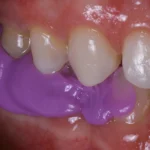
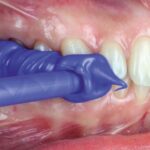
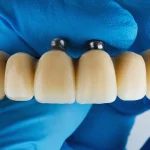
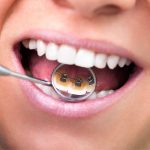

 Zhermack SpA has been one of the most important producers and international distributors of alginates, gypsums and silicone compounds for the dental sector for over 40 years. It has also developed solutions for the industrial and wellbeing sectors.
Zhermack SpA - Via Bovazecchino, 100 - 45021 Badia Polesine (RO), Italy.
Zhermack SpA has been one of the most important producers and international distributors of alginates, gypsums and silicone compounds for the dental sector for over 40 years. It has also developed solutions for the industrial and wellbeing sectors.
Zhermack SpA - Via Bovazecchino, 100 - 45021 Badia Polesine (RO), Italy.


